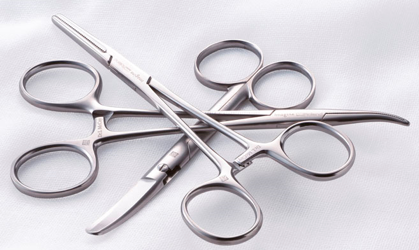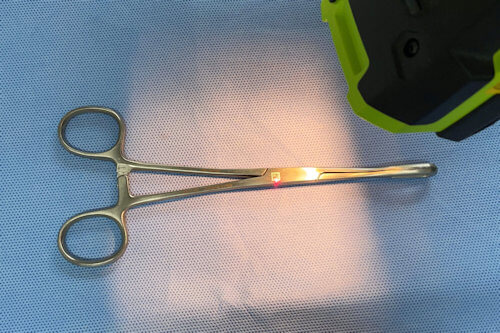TGA vs AS 5369: Closing the Gap in Surgical Traceability

Introduction
In the modern healthcare environment, where safety, traceability, and compliance are paramount, Australia’s regulatory framework for reusable surgical instruments presents a perplexing disconnect. On one hand, the recently published AS 5369:2023 sets a clear expectation for tracking surgical instruments from sterilization through to patient use. On the other, the Therapeutic Goods Administration (TGA) — Australia's national regulator — does not currently require direct part marking or Unique Device Identification (UDI) for Class I reusable surgical instruments, which make up the bulk of surgical tools used in clinical practice.
This divergence between clinical best practice and regulatory requirements is more than just an academic discrepancy — it has real-world implications for patient safety, operational efficiency, and the traceability of critical medical assets. In this article, we explore the current landscape, compare global standards, and ask whether the TGA is overdue for an update.


